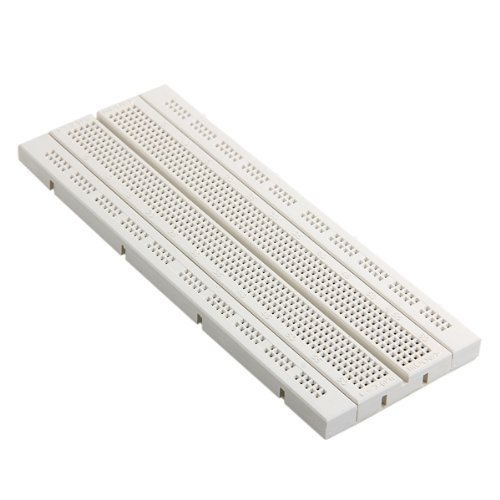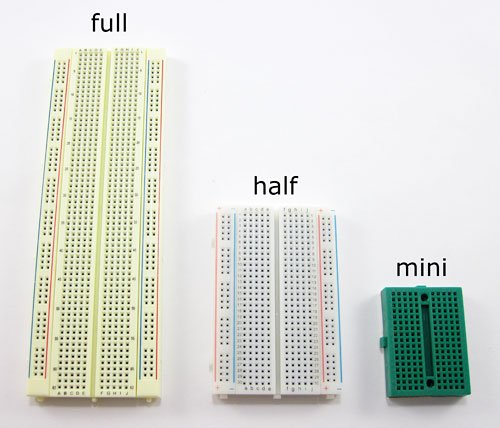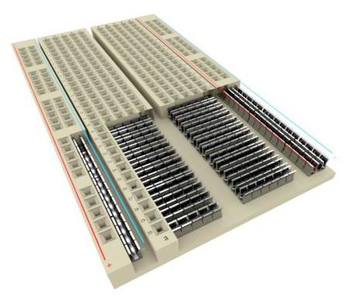Introduction to Breadboard

A breadboard is a very basic tool in electronics used to make circuit prototypes, to test our circuits, to compare the real-time results to simulation one, to build a part of a system and test it independently.
We use a breadboard to make changes to our circuit much faster in case something went wrong and to compensate for our mistakes efficiently.

Where does the name “breadboard” come from?
The term breadboard comes from the early days of electronics, when people would literally drive nails or screws into wooden boards on which they cut bread in order to connect their circuits.

Are there different kinds of breadboards?
Modern breadboards are made from plastic, and come in all shapes, sizes, and even different colors. While larger and smaller sizes are available, the most common sizes you will probably see are “full-size,” “half-size,” and “mini” breadboards. Most breadboards also come with tabs and notches on the sides that allow you to snap multiple boards together. However, a single half-sized breadboard is sufficient for many beginner-level projects.

What is a “solderless” breadboard?
Breadboards are called solderless breadboards because they do not require soldering to make connections. Soldering is a method where electronic components are joined together by melting a special type of metal called solder. Electronic components can be soldered directly together, but more commonly they are soldered onto printed circuit boards (PCBs). PCBs are what you will see if you take the cover off many electronic devices, like a computer or cell phone. Frequently, everyone uses solderless breadboards to prototype and test a circuit before building the final design.
